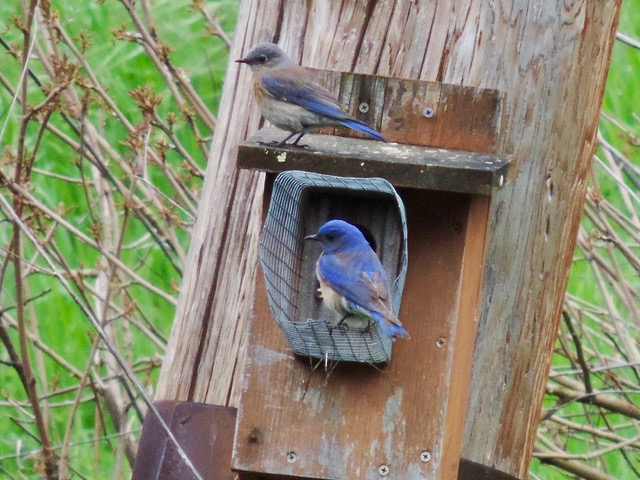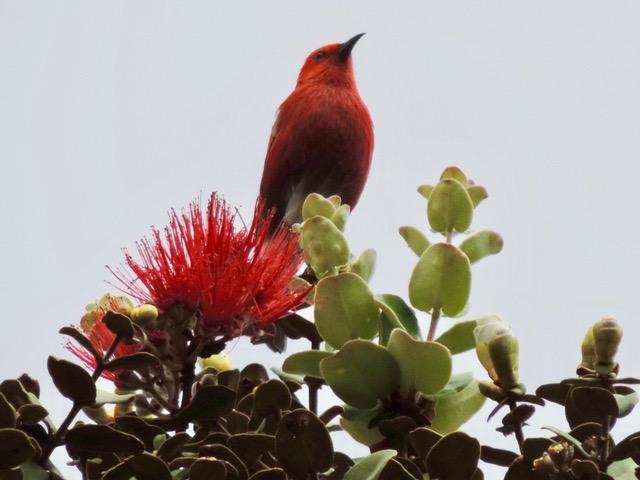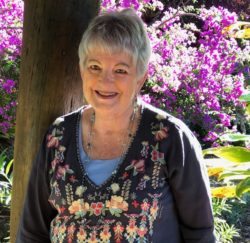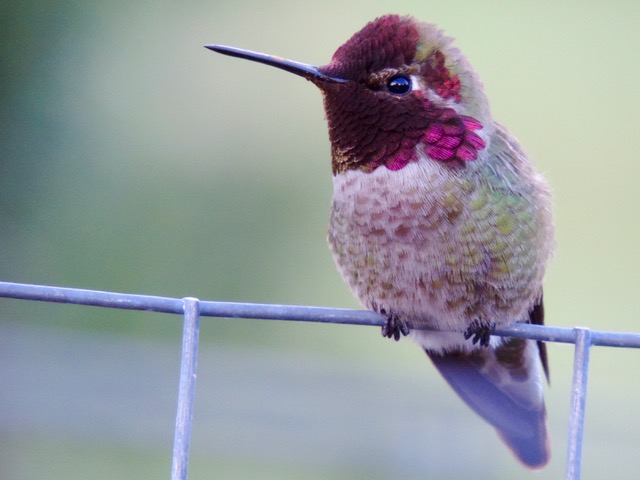My darling readers, you are in for a treat today. This article was written by one of my best friends from Hawaii, Catherine Tzur or as I know her, Cassie. Cassie is a soulful, talented woman who has recently discovered a new life after 50. I hope you enjoy her story and her photographs.

I am over 50 but also definitely over 70! However, I am experiencing a delicious time in my life. Since retiring eight years ago, the rhythm of my life changed.
Back to the Beginning
Before my retirement, I spent 46 years in a meaningful career in health care and social work in Hawaii, Florida, and California. With my master’s degree in social work, I worked with children, teens, women and finally the elderly, particularly during the end of life.
In my early career during the late ’70s, I started a women’s center and shelter for abused women and their children on Kauai. I collaborated with a group of concerned, caring women who similarly recognized the need for these services. The women’s center was and still is affiliated with the YWCA. 40 years later, this program endures and has since been expanded by a new group of women.
Looking to the Future
Through my last position at our local trauma hospital, I engaged with patients and their families in the emergency room, ICUs and other areas of the hospital. During my time there, I was part of a team caring for people, listening to their concerns and delivering services. I worked most frequently in two areas: trauma and end of life.
My time at the trauma hospital was rewarding yet intense. I worked with patients who had been in car accidents, were shot or were injured in other ways. It was rare to leave the hospital during the workday. However, I was proud to be a part of the trauma team. We had to be available for a minimum of 8 hours and during the evenings, the Nursing Supervisor handled crises situations as best as possible until our return the following morning. While we usually took a lunch break–perhaps not always at noon–we could never leave the hospital.
While I worked, I was able to see nature through the windows of the hospital. Toward the end of my time there, an expansive, modern wing was completed, which included a beautiful tree-filled atrium and a pond. At least, in a way, nature came to the staff and patients. Also, lovely gardens were planted around the perimeter of the hospital and on several patios. This aided the mental health of everyone there.
Now to Turn to My New Rhythm of Life
A few years before I retired, I started going to my local Audubon Chapter for meetings. This began to change my world. These meetings often included lectures with slides about birds. Wow! This was an eye-opening experience. I found such a thrill learning about, identifying and studying birds. I met many like-minded people and joined them on birding field trips around the San Francisco Bay Area. All I needed were binoculars, a bird field guide–National Geographic is my favorite–and a willingness to slow down.
However, I must tell you, the first time I went out with an experienced guide and a small group of birders, I was frankly unimpressed. I thought birding was too slow and the birds were too difficult to identify. I also had troubles using my binoculars. Then, all of a sudden, our group saw a Lazuli Bunting! It was a lovely, colorful surprise. The bird was bright blue, orange and charming, which created an amazing experience for me. I was hooked! Some people refer to birds as the jewels of the sky. In my opinion, they are nature’s jewels, especially the more colorful varieties including hummingbirds, bluebirds and warblers.
What Exactly Is Birding?

You may want to know a little more about birding. Essentially you observe, identify and count the different species for your own records to compile a personal “Life List.” Top birders worldwide go from country to country to see and record as many birds as possible. I have learned that there are currently 11 people in the world who have seen more than 9,000 species of birds. Some individuals also compete for a “Big Year” to see how many birds they can see in one year.
The Audubon Society has chapters around the country and offers numerous field trips for birders of all experience levels. As I mentioned previously, Audubon offers field trips and programs to educate people about birds and their behavior in addition to their protection and conservation.
The Advantage of Group Outings
Personally, I have found that my local Mt. Diablo Audubon Chapter is a lively group of men and women, mostly over 50. The monthly meetings draw roughly 100 participants. I discovered that on field trips, the more experienced members are always eager to teach you about birds and share their knowledge of bird sightings with new birders. Another positive aspect of going out with a group of birders is that your chances of hearing and seeing more birds increase with more people simultaneously observing and watching.
Usually roughly six to twenty people attend these field trips. When birding, you can do so in your own backyard or include yourself in one of these bird walks. I prefer to be part of a small group. Going birding in nature and with experience, it is possible to “bird by ear,” meaning you will soon be able to identify birds by their calls before you see them.
New Friends and Birding
I now consider myself a birder and have gone on numerous field trips in California, Hawaii, Florida and North Carolina. On the Big Island, a close female friend and I went on a forest and trail day trip into the Hakalau Rain Forest. With guidance, we were able to see several endemic species. We hiked in a spectacular forest and enjoyed the colorful birds and the huge, exotic ancient trees. Later that day, while traveling in their van with a dozen other birders, we saw the Pueo, the Hawaiian-short eared owl gliding above the grassy fields. In the future, I look forward to going birding with Rhode Scholar in Costa Rica.
Since I have begun my birding journey, I have been able to lead small groups of women on local birding field trips. It is a joy to watch the women learn and develop their birding skills and it’s equally fun to be able to answer their questions. Another thing about retirement is that I am no longer the “trauma worker of the day,” attached to a beeper at the local hospital. I am free. Although I’m active in a number of activities, I go at a slower, less intense pace, which enables me to see birds as well as be out in nature.
Connecting to Myself and Nature
Nowadays, I usually feel calm and part of something larger than myself. I am more connected to the natural world, as I feel the breeze on my face and hear the birds calling. In fact, I am so enamored with birds, birding and nature that I am eager to change our national conversation away from politics–at least sometimes.
In my spare time, I’ve created a photo book called “The Nature of Rossmoor.” It showcases the birds, wildlife and nature in the San Francisco Bay Area senior community, where I reside. I have depicted birds and other wildlife through the Four Seasons. I believe those who view my photos experience comfort as they savor the beauty of nature in the photographs.
In addition to birding, my other advocation is photography, which I have combined with birding. Now I spend most of my time teaching women about birds and nature. Hopefully, I help inspire them to come outside, slow down, listen to the bird calls and be present.
It is never too late to be at peace in life. I hope you can find a new rhythm of life when the time is right for you.
 Cassie Tzur is a second generation Californian who also lived in Hawaii for 27 years. Her career was in social work. Retired now, she focuses her time on birding and photography, while moving happily at a different pace. Cassie and I have been friends for nearly 40 years and we met in Honolulu while doing community service work together.
Cassie Tzur is a second generation Californian who also lived in Hawaii for 27 years. Her career was in social work. Retired now, she focuses her time on birding and photography, while moving happily at a different pace. Cassie and I have been friends for nearly 40 years and we met in Honolulu while doing community service work together.
Would you like to contribute an article to Honeygood.com? If so, let us know HERE.


+ show Comments
- Hide Comments
add a comment